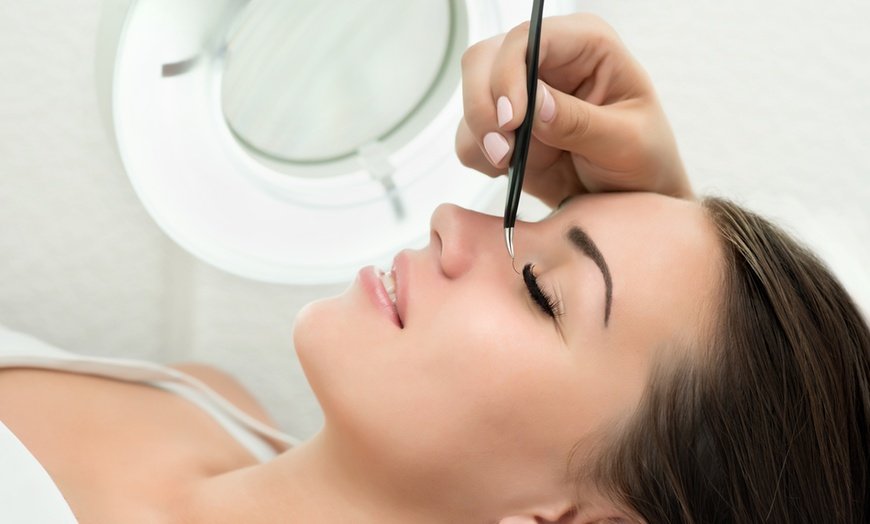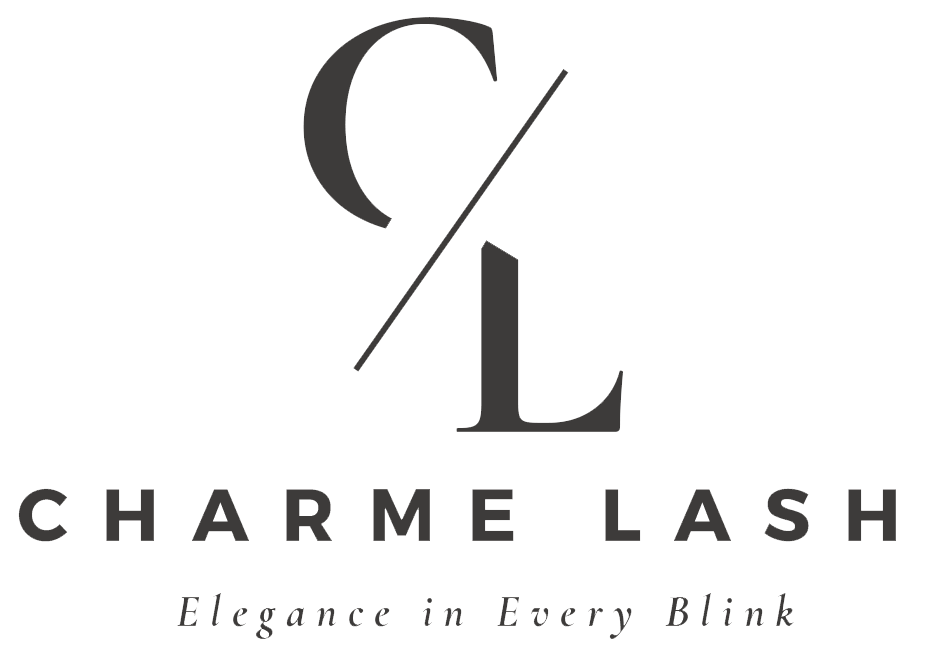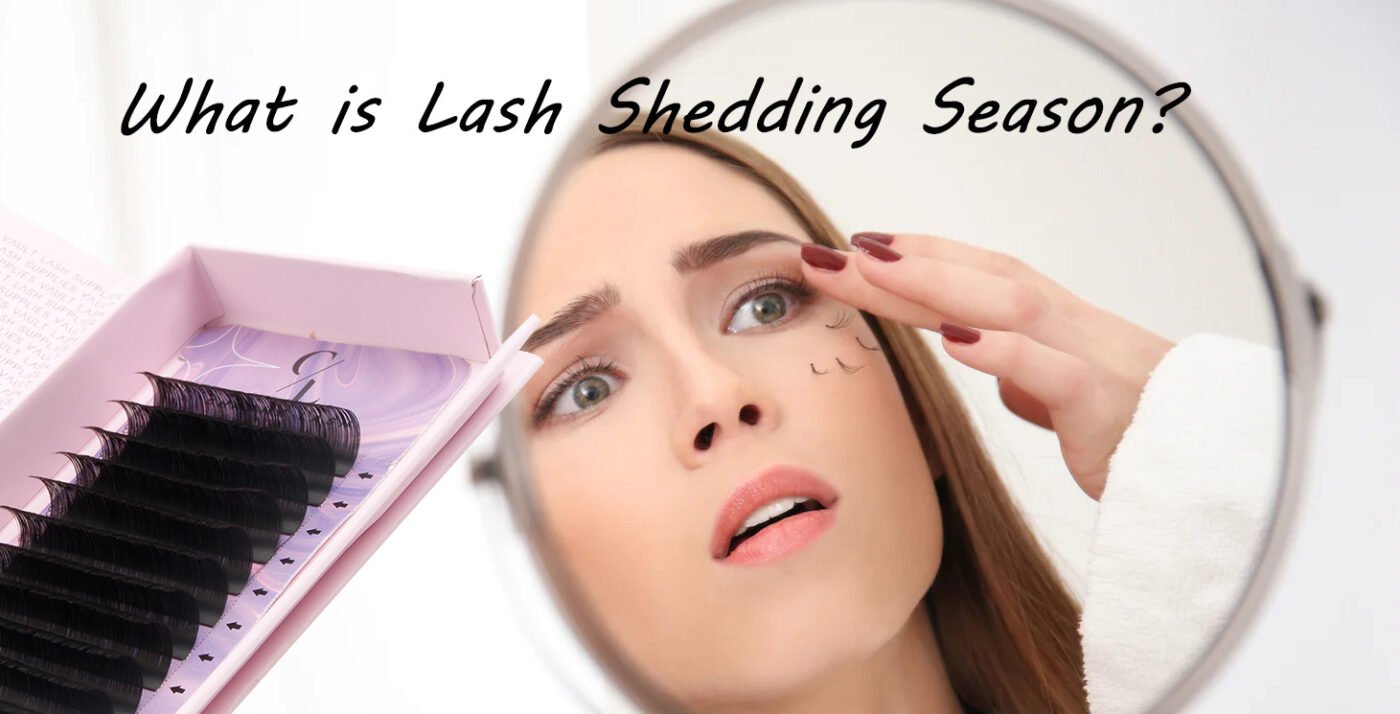Blog
What is Lash Shedding Season?
Have you ever heard of the term “Lash Shedding Season”? No, this isn’t an urban legend circulated by beauty bloggers. Don’t worry, your eyes aren’t going to start randomly leaking lash hairs – at least, not in the way you would expect!
As an experienced lash artist, you’re probably aware that lashes fall out naturally every now and again, but when does this become a problem and why? In this blog, I’ll explain what “lash shedding season” is and how you may help your clients minimize its impacts. Let’s get started and get all the details!
The life cycle of an eyelash
Lash shedding is a fully natural occurrence; each lash on your eyelid goes through three phases of development during its entire cycle.
The first stage is known as the anagen stage, and it is characterized by microscopic hairs sticking out from the lash line. Lash extensions can still be placed to your natural lashes at this time if the technician is cautious and uses very short and lightweight extensions.
After the anagen stage, your lashes will move on to the catagen stage of their life. Your lashes are about halfway to full growth and are taking a short rest. Because of the lashes’ endurance and strength at this stage, now is the ideal time to apply.
Finally, your lash will reach the telogen stage, also known as the transitional period, because the eyelash is going to turn fully brown and enter the final stage of its life. Fully developed lashes at this stage are about to shed, and this is the worst time to apply for a lash extension because it will fall out with your natural lash.
When is lash shedding season?
Since our natural lashes are constantly renewing, it is very usual for us to lose up to 7 lashes per day. However, our lashes will shed more visibly throughout certain seasons of the year, particularly Spring and Autumn.
In the same way that animals shed their hair in the summer and winter to prepare for the next season. To adapt for the temperature change, humans will shed lashes more frequently during the warmer months.
This means that applying for lash extensions during this time period will result in a shorter duration, which clients should be aware of. Excessive perspiration in hot weather may impair the lash adhesive bond as your skin becomes oilier, so keep sweat out of your eyes.
However, some people may notice that their lashes shed more during the winter months; this varies by individual. Cold temperatures and low humidity can cause lashes to become brittle and even break easily.
To deal with it, you can get additional Vitamin D from the winter sun and eat a healthy, balanced diet. When your diet is on order, your lashes will grow longer and healthier, and the same is applicable for your hair.
How to prevent lash shedding?
Unfortunately, no product or practical method exists to prevent nature from following its course. However, the greatest thing we can do is recognize the lash shedding season and work to minimize its impact on your clients.

More frequent fills
Clients’ lash extensions treatments may take longer to reach the desired look, and you as a lash artist may find it more difficult to help volume up clients’ lashes. After applying lash extensions, your clients will need to do more to maintain their look during a shed.
The most effective and direct strategy to alleviate the impact of lash shedding seasons is to schedule more regular infill sessions.
Under regular shedding conditions, clients will need to refill their lash extensions every three weeks. However, seasonal lash shedding will have a greater impact on their lash appearance, necessitating a visit every other week.
When it comes to lash shedding seasons, explain how it will damage their lash appearance and propose more regular fills to deal with the lash shed. If your clients want to keep their beautiful eyelash extensions, they may need to come in for fills every two weeks.
As aforementioned, different people may have varied lash shedding seasons, and lash shed may affect individuals differently. Clients may come in more regularly during lash shedding seasons to keep their lashes in top condition. To determine the appropriate infill times, keep separate notes for each client.
Furthermore, maintaining the hygiene of your lashes is critical. The buildup of oil, dust, or cosmetic residue on lashes will weaken the adhesive bond and potentially induce lash loss. To avoid further lash loss, tidy your lashes every day to keep them in good shape.
It is critical to be aware of your own and your clients’ lash shedding seasons. If clients desire to apply for lash extensions at this time, you should inform them that it may affect the retention time and that they may need more infill appointments.
It is natural for lashes to fall out and extensions to fall out with them, especially during lash shedding seasons. Begin addressing the lash shed with your clients and educate them on what to expect throughout this natural process.

